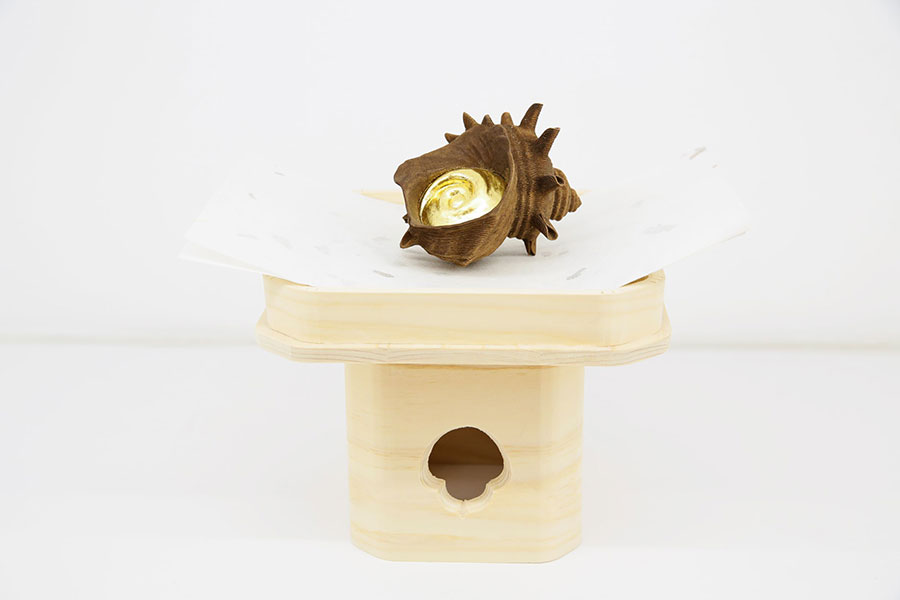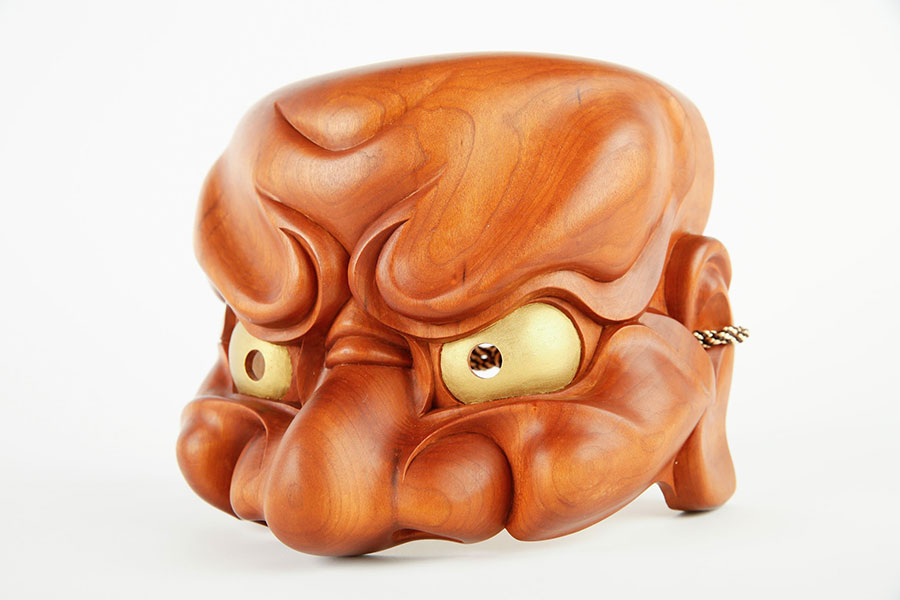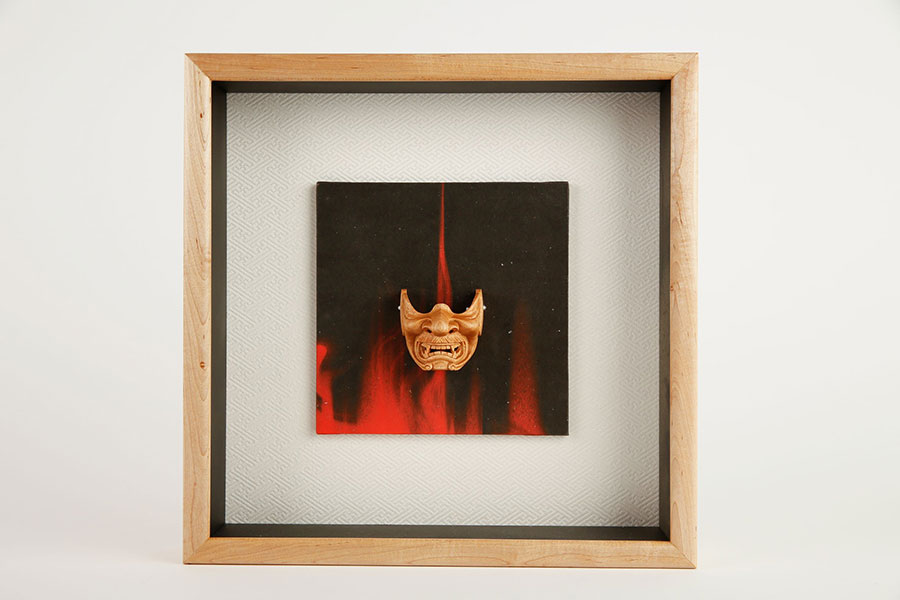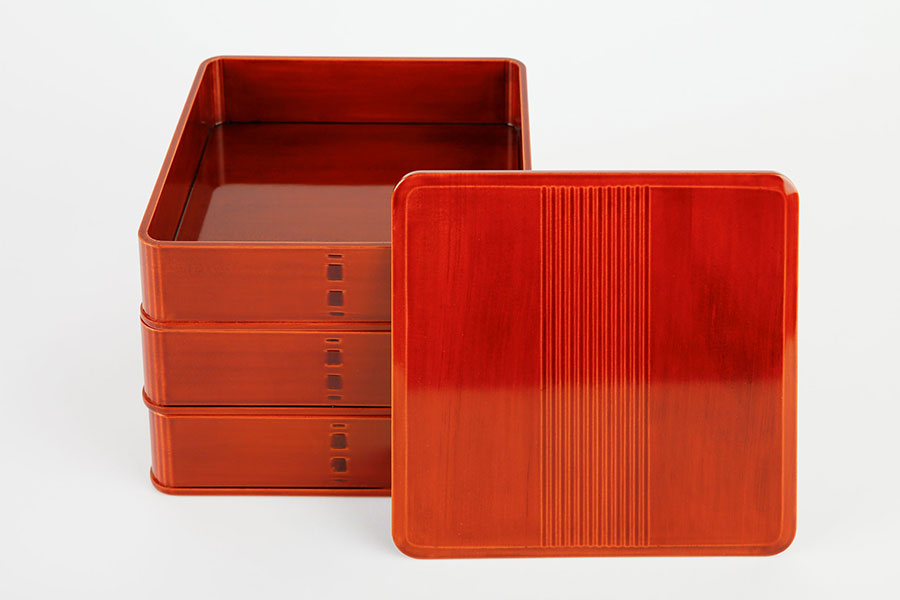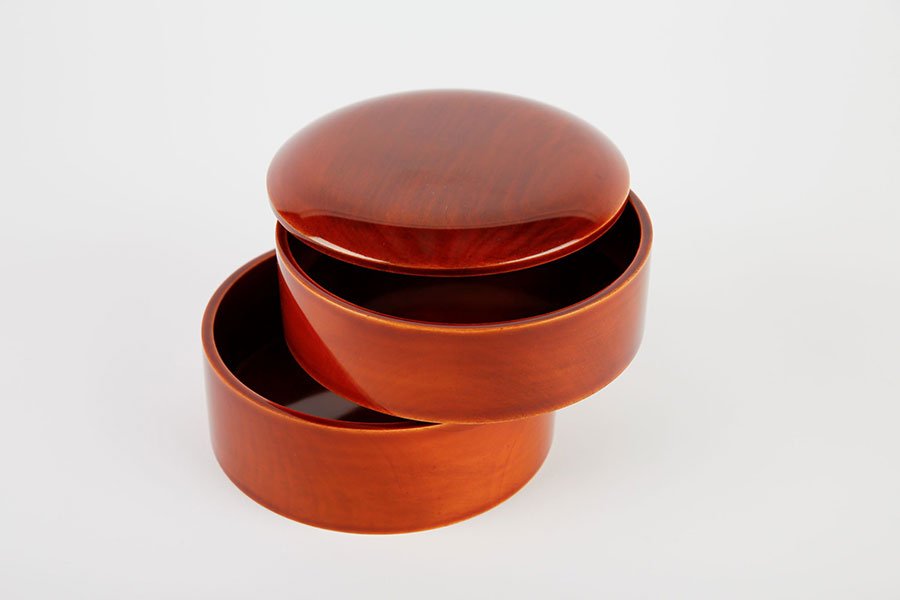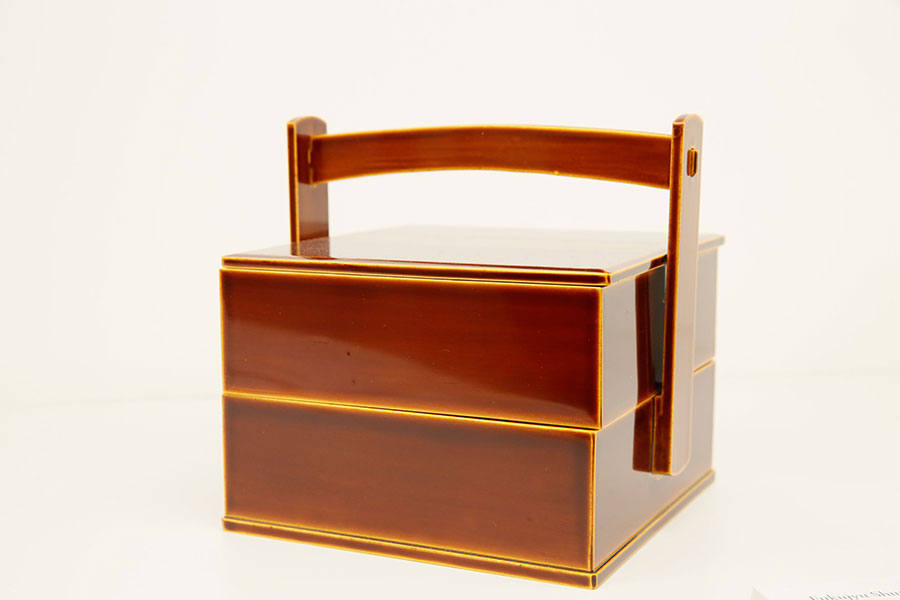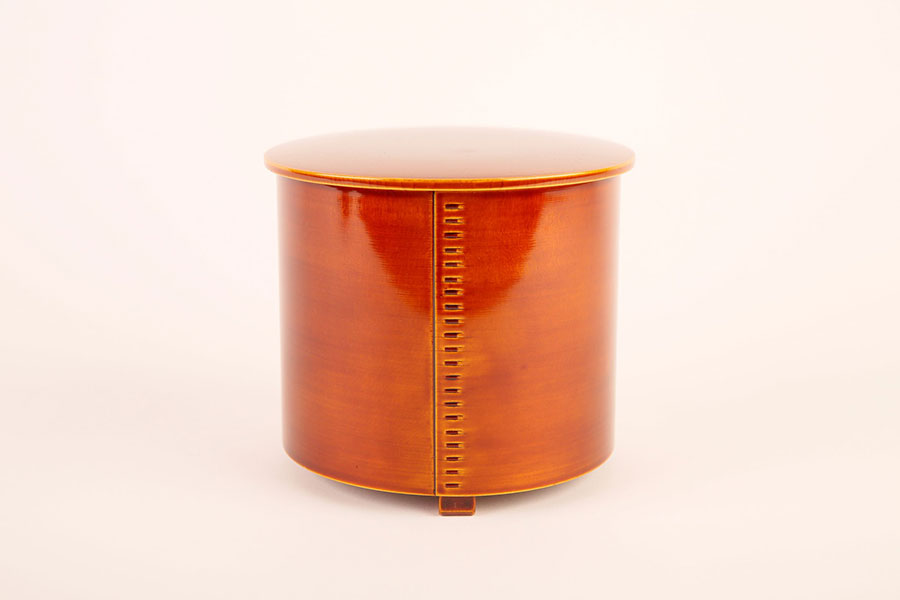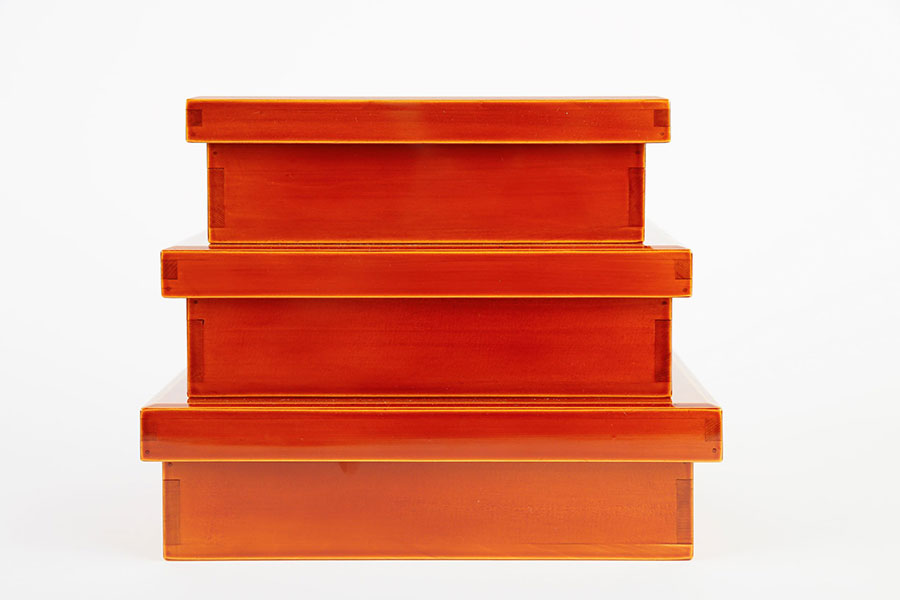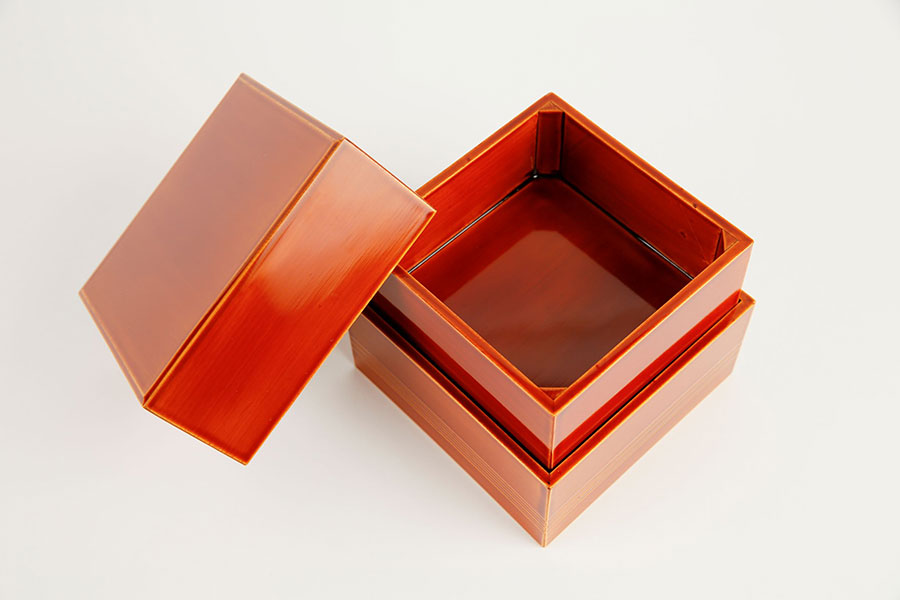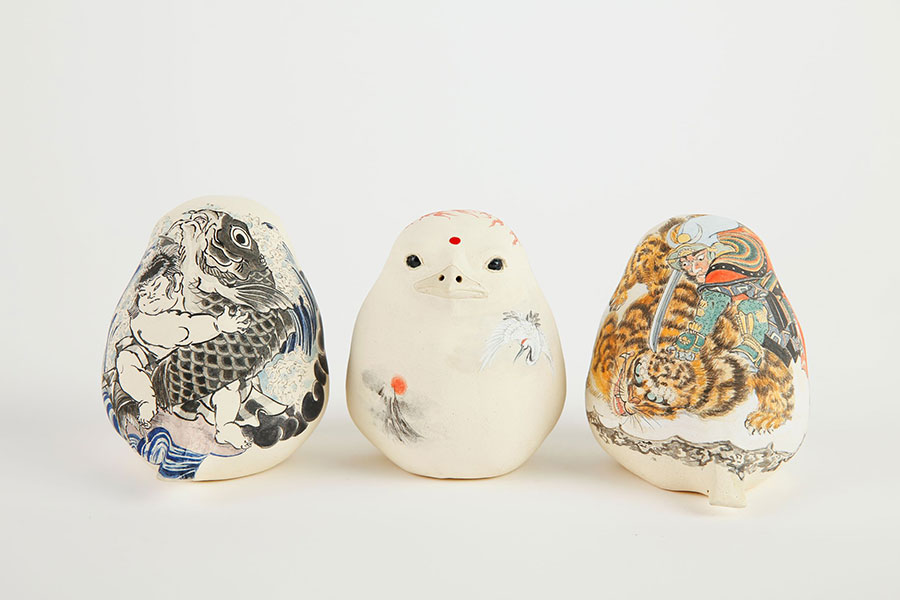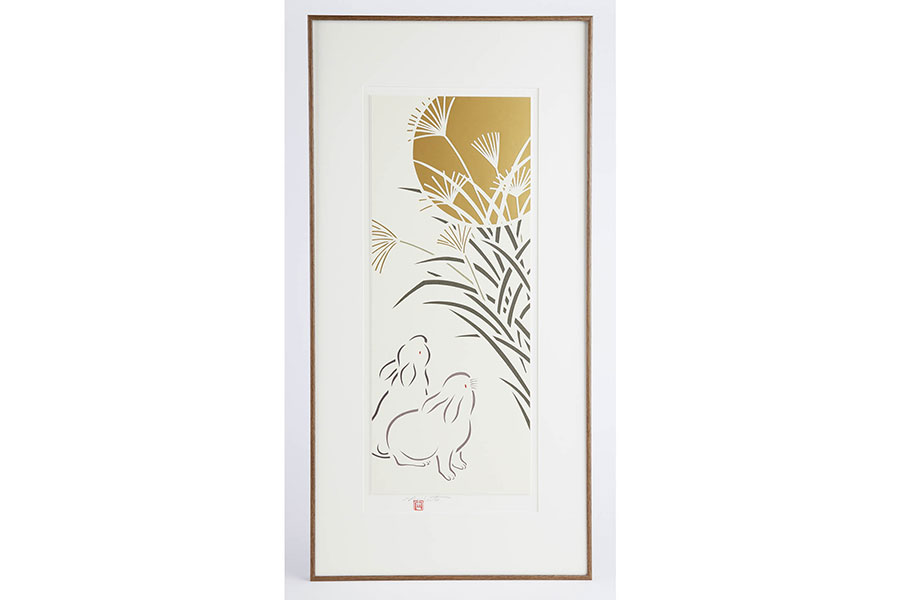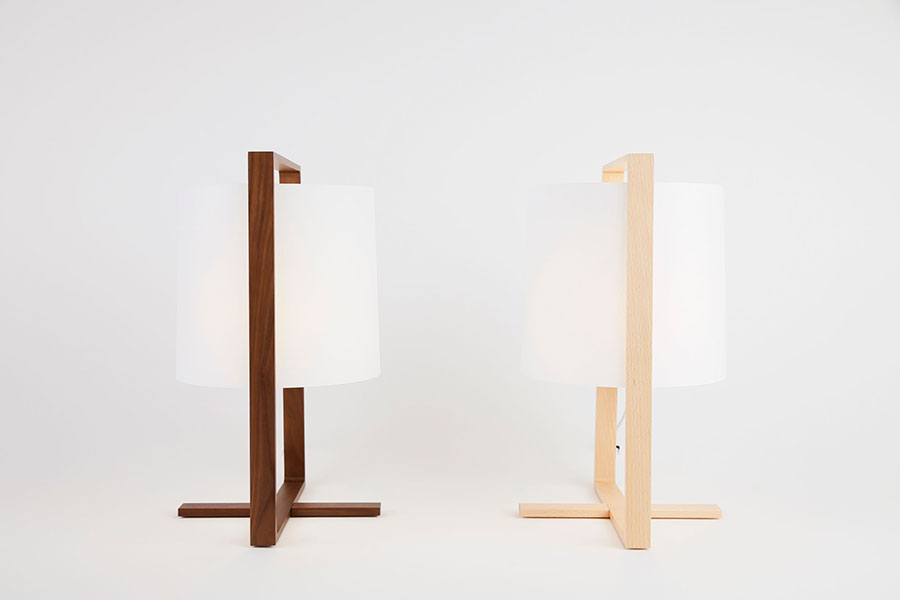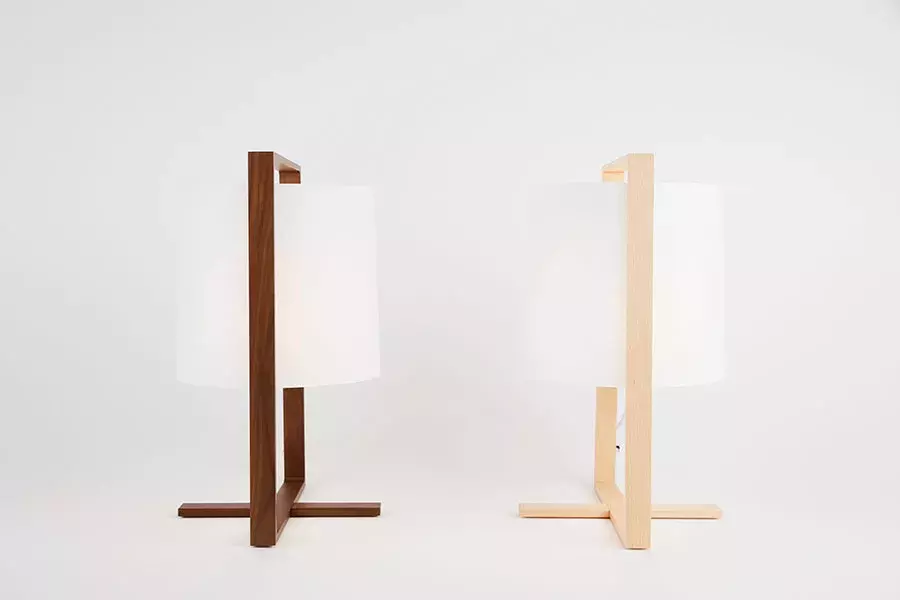
Takayama is the largest city in the mountainous Hida region of Gifu prefecture located in central Japan. Surrounded by dense forests, Hida and Takayama, in particular, have long been a source of top-grade timber and highly skilled carpenters, who came to be known as Hida no takumi, the master craftsmen of Hida.
In the early eighth century, the Hida no takumi name achieved prominence through a directive of the imperial government implemented, under which the Hida region provided woodworkers to the imperial capital in place of taxation. Over the next 600 years, as part of the Hida no takumi system, 40,000 to 50,000 carpenters and artisans were sent to the ancient capital, presently known as Nara, to build now-famous shrines and temples. Hida's craftsmen started as workers and stepped into supervisor roles at the many construction sites at Nara and their hands and skills shaped many of Japan’s most ancient wooden structures. For 1,300 years, even after the system ended, these craftsmen and techniques remained in the town, and the region is still renowned for its takumi. There are several national treasure crafts from the region (total 235 crafts as of November 2019). Source: Kogei Japan
JAPAN HOUSE is featuring six artists that represent the region’s diversity of craft – woodcarving, lacquerware, ceramics, papercutting, wooden lighting products and photography – and reflect the refined skills of ongoing generations of the master craftsmen of Hida.
Kosaka Choubou Studio

Ayayuki Kosaka II (b. 1969)
Ichii Woodcarvings Woodcarver
*National Treasure Craft
Ayayuki Kosaka II is a second-generation woodcarver, studying under his father, master woodcarver, Ayayuki Kosaka. Entering his apprenticeship at the age of eighteen, Kosaka II, together with his father, began exhibiting his unique Hida Ichii itto bori work throughout Japan. Ichii is Japanese yew wood, and the process of itto bori is carving created with a single instrument (in this case, a chisel). Kosaka II has received many prestigious international awards, and in 2016, he contributed to the interior renovations of Nagoya Castle.
Fukujyu Shunkei Lacquerware Studio

Ryota Fukujyu (b. 1961)
Hida Shunkei lacquerware Lacquer Artisan
*National Treasure Craft
The Fukujyu Shunkei Lacquerware Studio was established in 1850. Currently, fifth-generation owner Ryota Fukujyu leads the work, overseeing ten artisans in the creation of traditional lacquerware with a touch of modern taste. The Fukujyu studio elevates the essence of Hida Shunkei lacquerware in its ability to encapsulate both practicality and beauty, as well as the history of Hida.
Shibukusa Ryuzo Kiln

Shibukusa Ryuzo VI (b. 1946)
Shibukusa Ryuzo VII (b. 1979)
Ceramicist
The Shibukusa Ryuzo Kiln, now in its seventh generation, is one of the oldest potteries in Hida and has continued to seek new and modern Shibukusa-yaki designs while preserving the tradition. The sixth-generation Ryuzo Toda started pottery from a young age and formally entered an apprenticeship with his father Shibukusa Ryuzo V at twenty years old. He received his master’s name Shibukusa Ryuzo VI in 1981. His work is renowned for its traditional style; elaborate, detailed, and distinctively colored cherry blossom paintings; and red-dyed porcelain with classic Shibukusa-yaki texture.

Credit: Shibukusa Ryuzo Pottery Inc. and tencolors
Today the sixth and seventh generations work together. Shibukusa Ryuzo VII has collaborated with artists from a variety of fields, such as apparel design and music, presenting his work in Milan and across the globe. Each successive generation continues to develop their own style of Shibukusa-yaki at the Shibukusa Ryuzo kiln.
Works by Shibukusa Ryuzo VI
Works by Shibukusa Ryuzo VII

Norihito Yoshimoto (b. 1949)
Kirie Artist
The Japanese art of papercutting, kirigami (cut paper), was established around the eighth century as commercial handmade paper became increasingly available. During this period, artisans were cutting a variety of shapes, including animals, letters, and landscapes, often for use in Shinto rituals.
In the Hida region, kazarigami, which translates as “decoration paper,” is a unique paper art tradition that has been proudly carried on as part of the seasonal Takayama festivals. Over time, papercutting artisans have informed the development of other traditional Japanese crafts, such as dyed and woven fabrics that feature patterns created through a papercut-inspired approach. After World War II, many Japanese papercutting artists were influenced by Western-style paintings. In an effort to distinguish these graphic paper works of art from more traditional Japanese paper craft such as kirigami, the cultural community began to use the term kirie (cut paper picture).
Norihito Yoshimoto moved to the Hida-Takayama area at the age of fifteen. He taught himself the traditional art of papercutting, and is the pioneer of a style of kirie called “wa modern” (which means traditional Japanese taste mixed with a modern Western style). He has published numerous works encompassing the theme of Hida Takayama’s landscape and seasonal symbols, and has received acclaim domestically and internationally with exhibitions in Denver, New York, Paris, Cologne, and Singapore, as well as through studio visits by foreign collectors.
Kakishita Woody Works Co., Ltd. (Est. 1957)
Kakishita Woody Works Co., Ltd. is a family-run company that has created wooden lighting products for half a century in Hida Takayama. Its celebrated Moare line is Japan’s first wooden lighting brand. The work of these master craftsmen of the Hida region carries tradition into the present, conveying comfort through the gentle beauty of light and the warmth of natural wood.
At the core of the company’s monozukuri, or holistic, start-to-finish manufacturing perspective, is light itself. However, it is the synergy of the materials and the entire design that allows the product to shine. Kakishita Woody Works aspires to create a new lighting style in tune with the traditional Hida skills that have been honed in harmony with the forest.

Fukutaro Teraji (b. 1983)
Photographer and Videographer
Fukutaro Teraji studied photography and film editing while working at an advertising agency in Tokyo. In 2012, while in his twenties, he established Naughty Studio in Takayama, a creative firm focused on video, photography, and web design. In 2013, the studio was awarded the Grand Prize as part of Universal Music’s video contest hosted by Lancers Co. The studio has gone on to produce major network television content, including closing credits for Japan’s Yomiuri Television programming. In his work, Teraji aspires to share the attraction of the Hida-Takayama region through his own unique perspective.

Related Articles
Spotlight on Traditional Craft of Japan
Special Thanks
JAPAN HOUSE Los Angeles would like to thank the City of Takayama for the opportunity to be able to share this unique collection of remarkable craft, TAKUMI-The Arts and Crafts of Hida Takayama, in concert with our exhibition HIDA | A Woodwork Tradition in the Making. This exhibition from Hida Takayama is traveling to Denver later this year to mark the sixtieth anniversary of the sister city relationship between Takayama and Denver.



